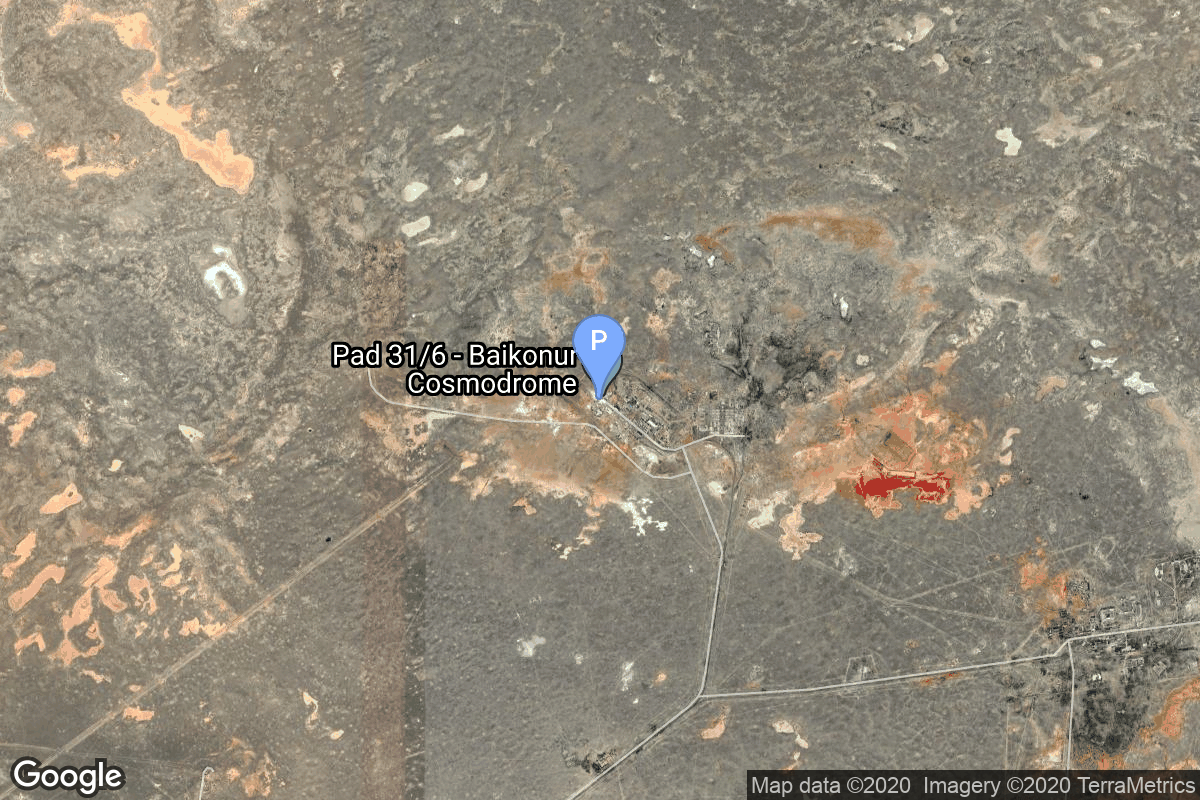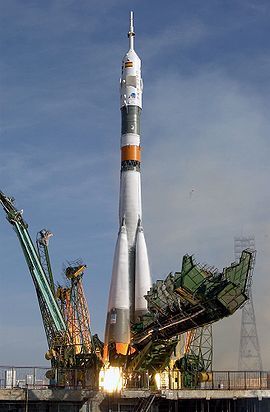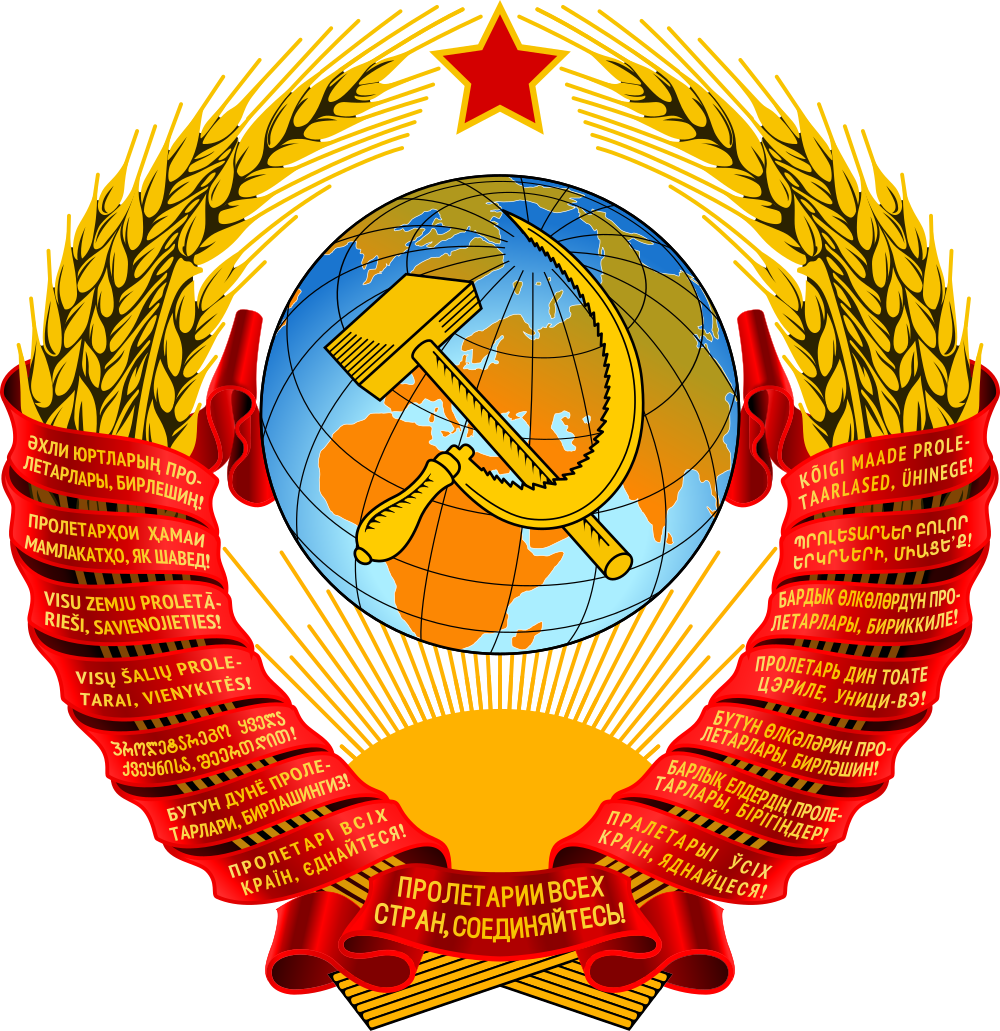Soyuz T-12
Soyuz-U2
Soviet Space Program
Crew
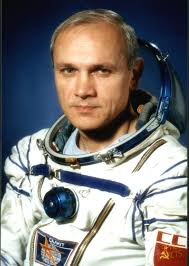
Vladimir Dzhanibekov
- Birthday: 05/13/1942
- Role: Commander
- Nationality: Russian
- First Flight: 01/10/1978
- Last Flight: 06/06/1985
Vladimir Aleksandrovich Dzhanibekov (Russian: Владимир Александрович Джанибеков, born 13 May 1942) is a former cosmonaut who made five flights.
Dzhanibekov made five flights: Soyuz 27, Soyuz 39, Soyuz T-6, Soyuz T-12 and Soyuz T-13. In all he had spent 145 days, 15 hours and 56 minutes in space over these five missions. He had also performed two EVAs with a total time of 8 hours and 35 minutes. In 1985 he noted the effects of the tennis racket theorem, subsequently also called the Dzhanibekov effect, by showing that an object’s second principal axis is unstable while in free-fall rotation.
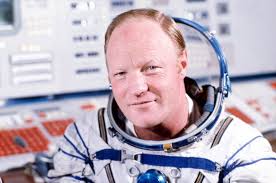
Igor Volk
- Birthday: 04/12/1937
- Role: Research Cosmonaut
- Nationality: Russian
- First Flight: 07/17/1984
- Last Flight: 07/17/1984
Igor Petrovich Volk (Russian: Игорь Петрович Волк; Ukrainian: Ігор Петрович Волк; 12 April 1937 – 3 January 2017) was a cosmonaut and test pilot in the Soviet Union.
Igor Volk was selected as a cosmonaut on 12 July 1977 and flew as Research Cosmonaut on Soyuz T-12, the 7th expedition to Salyut 7. One goal of the mission was to test the effects of long-duration spaceflight on Volk’s return flight piloting as a precursor to piloting the Space Shuttle Buran. He served as the head of cosmonaut training for the Buran program and after the project’s cancellation, as a Flight Tests Deputy at the Gromov Flight Research Institute in 1995 before retiring in 1996. He previously served as President of the National Aero Club of Russia and Vice President of the Fédération Aéronautique Internationale. As recognition for his contributions as a test pilot and cosmonaut he was awarded the Hero of the Soviet Union on 29 July 1984.
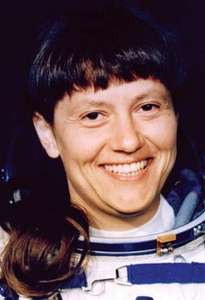
Svetlana Savitskaya
- Birthday: 08/08/1948
- Role: Flight Engineer
- Nationality: Russian
- First Flight: 08/19/1982
- Last Flight: 07/17/1984
Svetlana Yevgenyevna Savitskaya (Russian: Светла́на Евге́ньевна Сави́цкая; born 8 August 1948) is a retired Soviet aviator and cosmonaut who flew aboard Soyuz T-7 in 1982, becoming the second woman in space. On her 1984 mission she became the first woman to fly to space twice, and the first woman to perform a spacewalk. She set several FAI world records as a pilot.
Mission
Soyuz T-12
- Type: Human Exploration
- Orbit: Low Earth Orbit
Soyuz T-12 was the seventh mission to visit the Salyut 7 space station and the second to visit the long-duration Soyuz T-10 resident crew of the station. The mission began on July 17, 1984, 17:40:54 UTC, launching Commander Vladimir Dzhanibekov, Flight Engineer Svetlana Savitskaya and Research Igor Volk into orbit. They docked with the station the next day. During their 9-day stay on the station, crew carried out various experiments, and Savitskaya became the first woman to ever perform a spacewalk.
The mission concluded with a safe landing back on Earth on July 29, 1984, 12:55:30 UTC.
Location
31/6
Baikonur Cosmodrome, Republic of Kazakhstan
31/6 has witnessed the launch of 414 rockets, including 414 orbital launch attempts, while Baikonur Cosmodrome, Republic of Kazakhstan, has been the site for 1547 rocket launches.
Rocket
Soviet Space Program Soyuz-U2
The Soyuz-U2 was a Soviet, later Russian, carrier rocket. It was derived from the Soyuz-U, and a member of the R-7 family of rockets. It featured increased performance compared with the baseline Soyuz-U, due to the use of syntin propellant, as opposed to RP-1 paraffin, used on the Soyuz-U.
Agency
Soviet Space Program
The Soviet space program, was the national space program of the Union of Soviet Socialist Republics (USSR) actived from 1930s until disintegration of the Soviet Union in 1991.
The Soviet Union’s space program was mainly based on the cosmonautic exploration of space and the development of the expandable launch vehicles, which had been split between many design bureaus competing against each other. Over its 60-years of history, the Russian program was responsible for a number of pioneering feats and accomplishments in the human space flight, including the first intercontinental ballistic missile (R-7), first satellite (Sputnik 1), first animal in Earth orbit (the dog Laika on Sputnik 2), first human in space and Earth orbit (cosmonaut Yuri Gagarin on Vostok 1), first woman in space and Earth orbit (cosmonaut Valentina Tereshkova on Vostok 6), first spacewalk (cosmonaut Alexei Leonov on Voskhod 2), first Moon impact (Luna 2), first image of the far side of the Moon (Luna 3) and unmanned lunar soft landing (Luna 9), first space rover (Lunokhod 1), first sample of lunar soil automatically extracted and brought to Earth (Luna 16), and first space station (Salyut 1). Further notable records included the first interplanetary probes: Venera 1 and Mars 1 to fly by Venus and Mars, respectively, Venera 3 and Mars 2 to impact the respective planet surface, and Venera 7 and Mars 3 to make soft landings on these planets.
